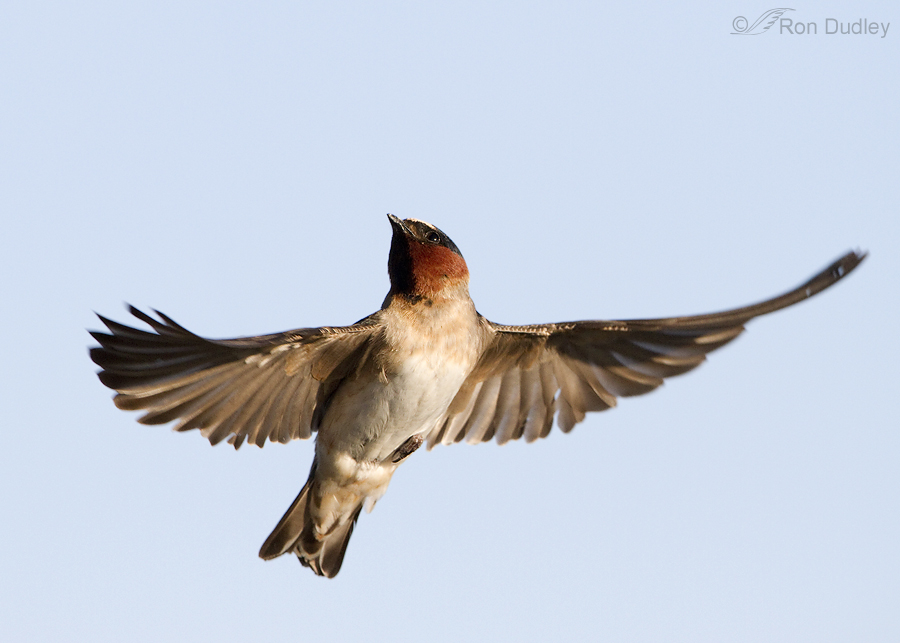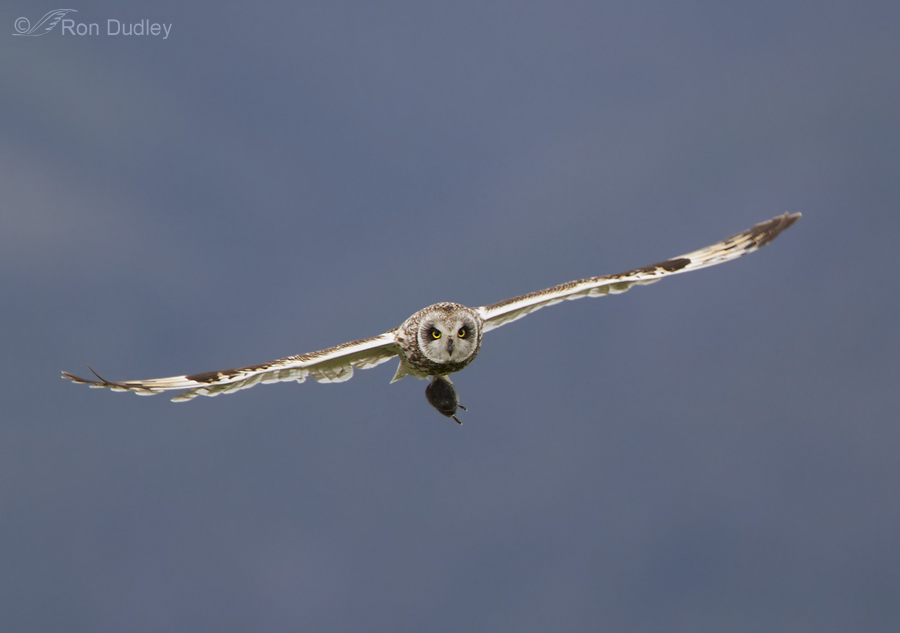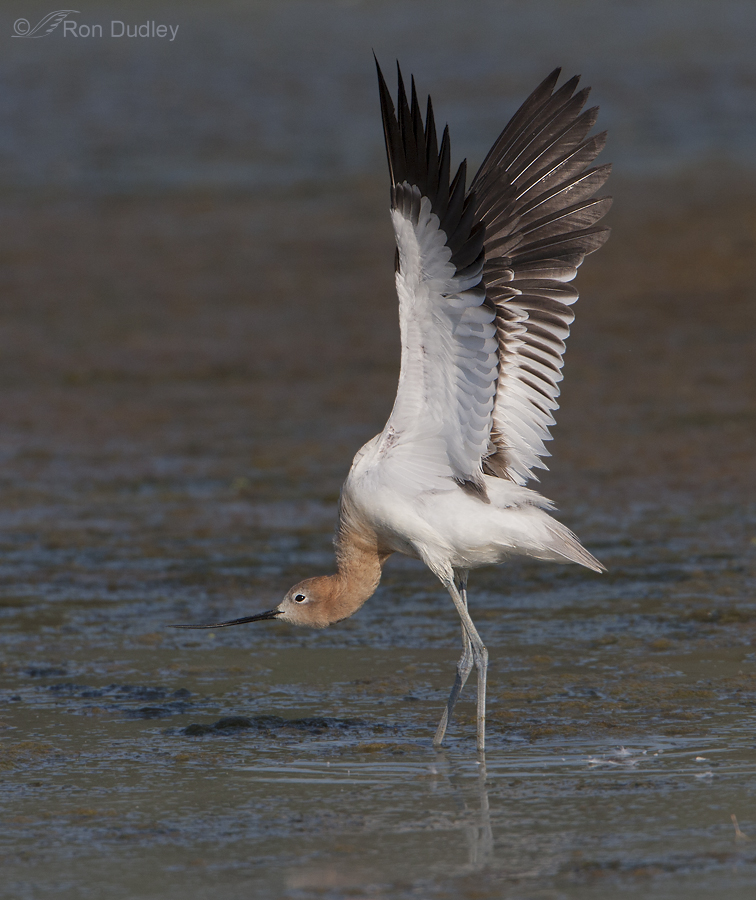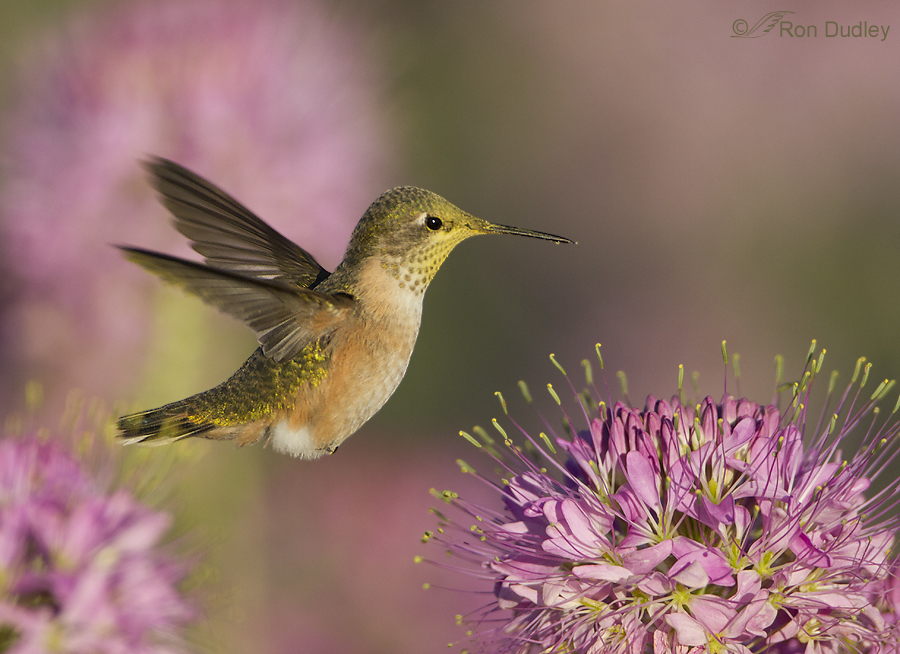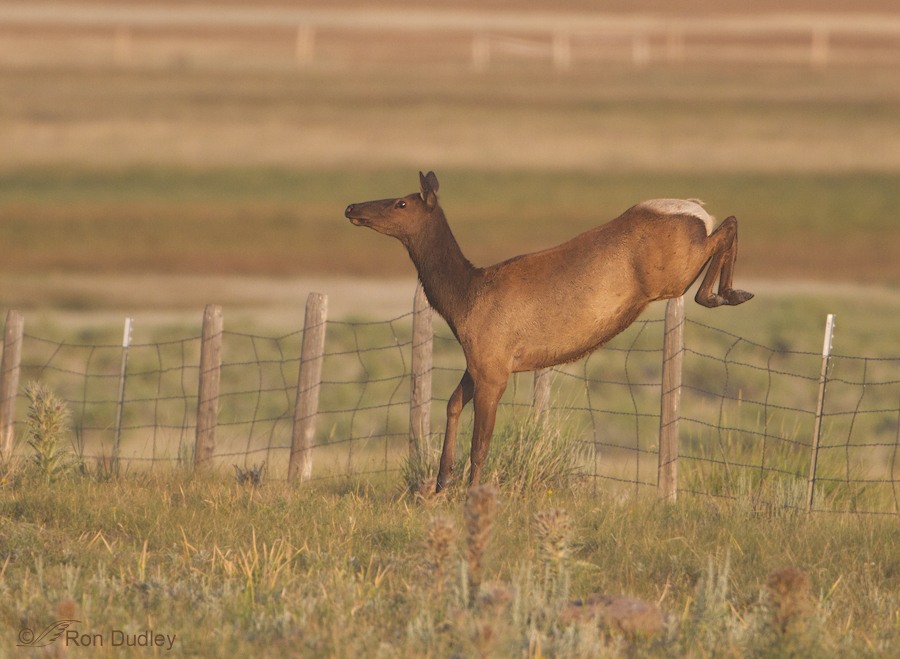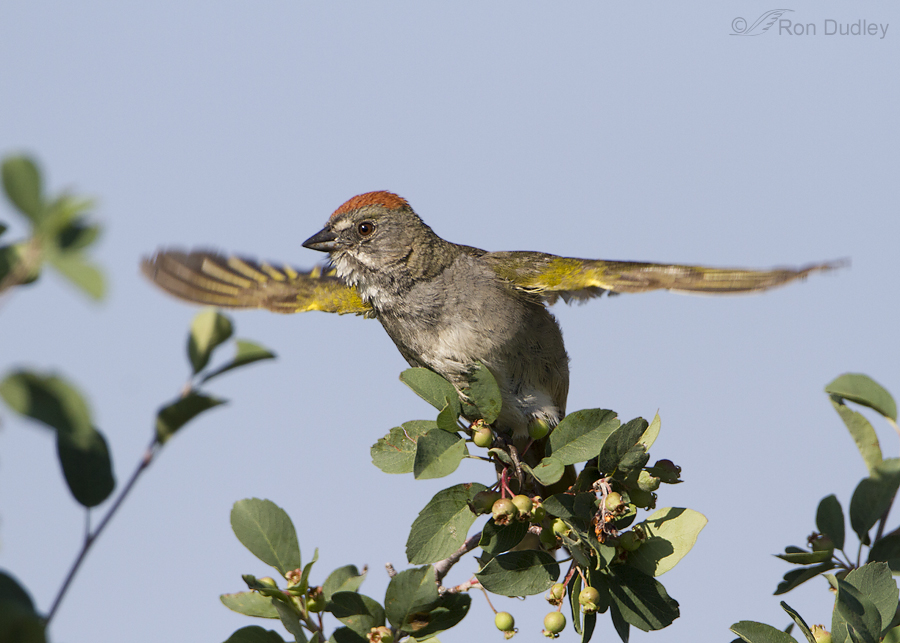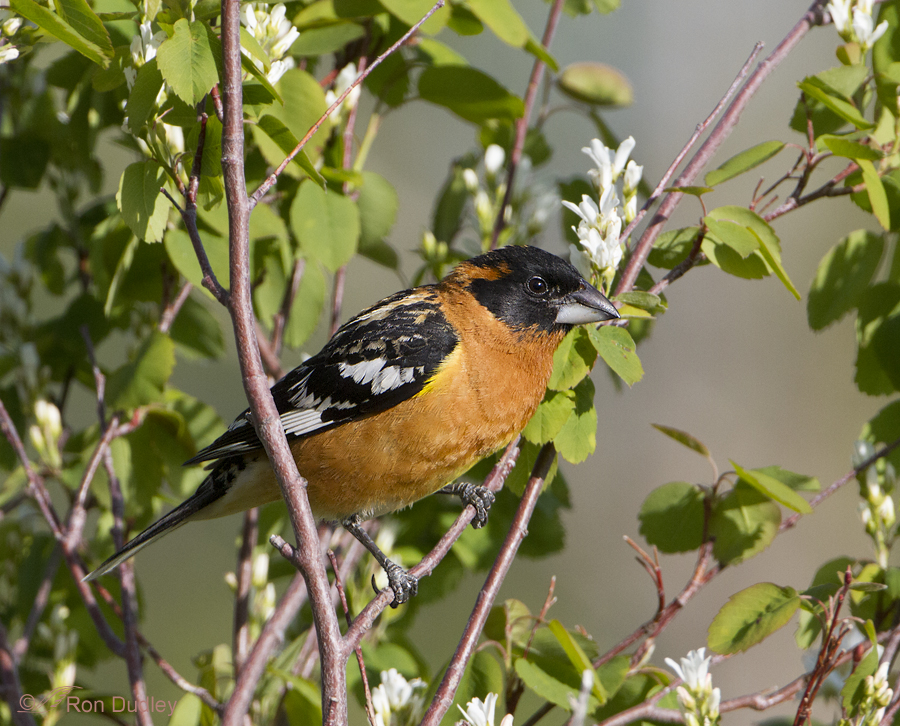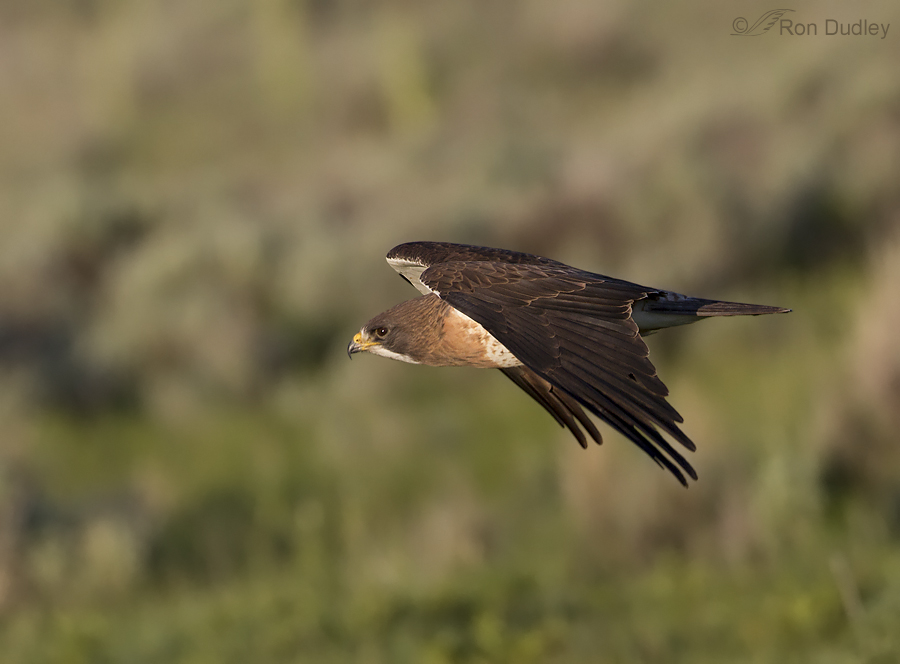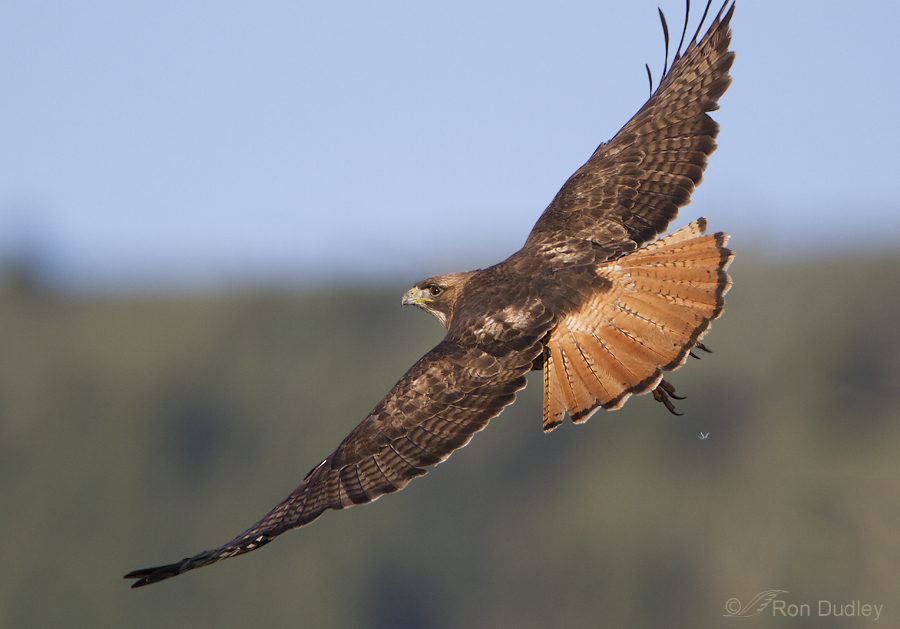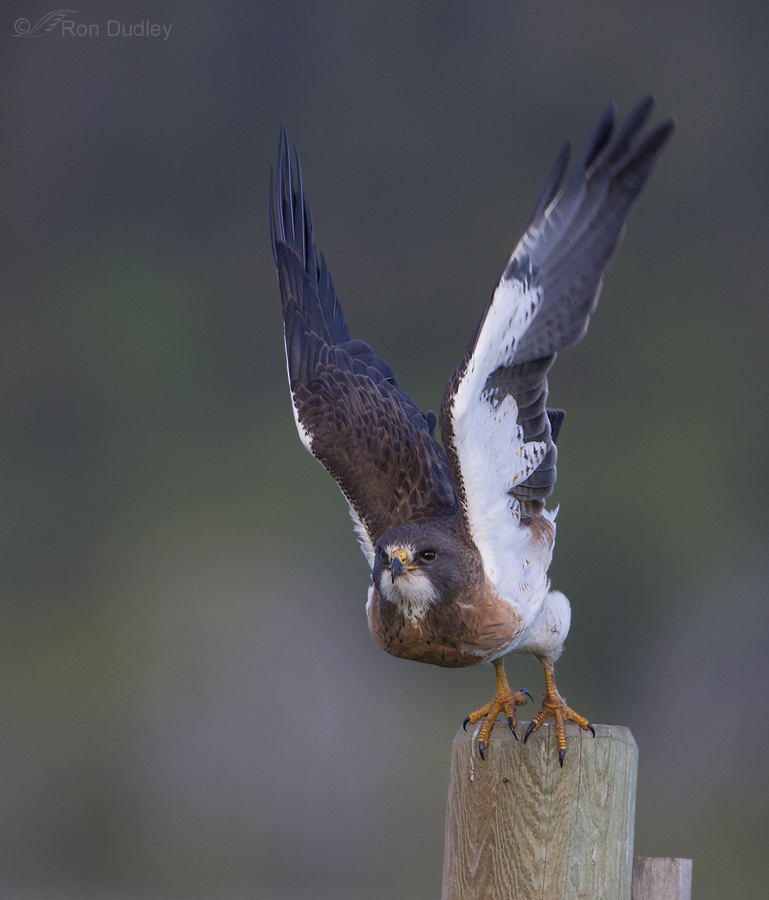Some Recent Shots To Break A Bird Photographer’s Heart
Occasionally I just have to vent about some of my photography frustrations.
Every nature photographer has them. Landscape photogs spend countless hours waiting for just the right light and dramatic clouds which often never materialize, those specializing in wildlife (especially mammals) often cannot even find their subjects, macro nature photographers have to deal with slight breezes that can ruin their shots and those who focus on flowers have a limited season.
But bird photographers may have the most challenging subjects of all (perhaps my bias is creeping in here, but I doubt it).


